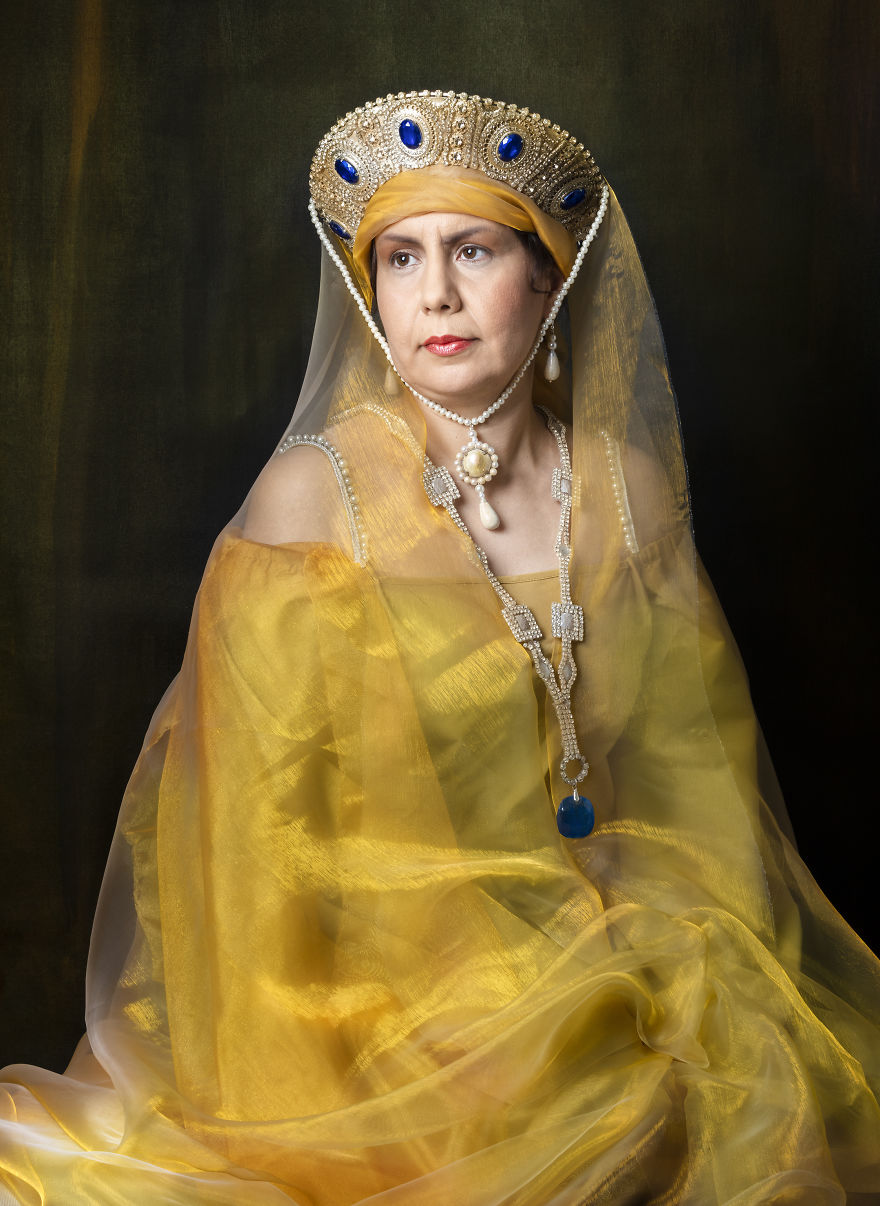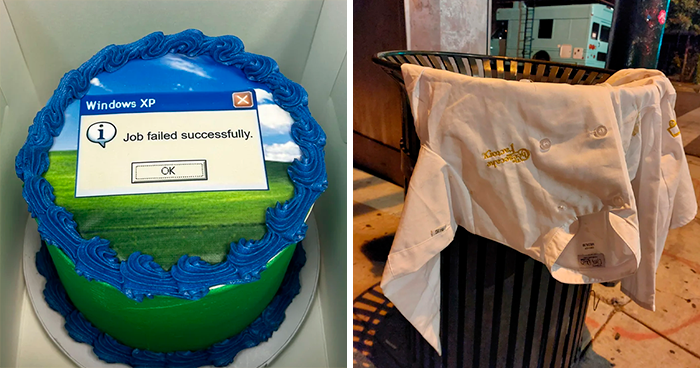Being known and loved for who they are is a privilege that is mostly inaccessible to refugees. The refugee identity overwrites and levels people coming from radically different backgrounds, with unique life histories, with precious dreams and aspirations, with valuable talents and, most importantly with personal meaning. Something irreplaceable is lost when all these nuances fade in one bland identity, multiplied by millions.
I fight to reclaim those core colors hidden under the reductionist term ”refugee” and to use them to hopefully repaint the future of the displaced individuals around the globe. My ambition is to cross the spacial and the time borders, all at once. So I photograph people who have uprooted themselves from their homes because of war, poverty or lack of prospects and reached countries very different than their own, under a refugee identity. I then complete their physical travel with an opportunity to travel through time, under a royal identity. Classical portraits of European political leaders are inhabited by immigrants taking on royal garments and poses to challenge the viewer to a mental drill: would anything be wrong with the pictures? Would we experience a sense of unease at the sight of an African curly haired Napoleon Bonaparte? Or were we to cringe faced with a vision a dark-skinned Drottning Kristina of Sweden? Perhaps a Roma Marie of Romania would scandalize us?
More info: repaintinghistory.com
This post may include affiliate links.
Eastern Europeans have quite un-European looking ancestors. The oldest remains of a modern European, that were discovered in 2002, in the ”Peștera cu Oase” site, in Romania, paint the portrait of a dark-skinned Romanian, with a wide nose and fleshy lower lip, but most strikingly, with Mongolian eyes. The stereotype of the ivory-skinned, fair-haired, brown-eyed inhabitant is rather new for the Western European too. Britain's oldest complete human skeleton, for example, the famed Cheddar Man, had the genetic markers of a person living in the Near East or the Pontic steppe. He most probably had dark, curly/wavy hair, blue eyes and dark to very dark skin, a portrait researchers think is the result of immigration.
Archaeologists may differ in their interpretations of the findings, but the issue at stake remains: is our assumption of biological perpetuity enough to secure our ideals of ethnic continuity upon a certain region? What if our biological perpetuity is not exactly accurate? Would it hurt our national identity? Would it damage our appraisal of the sinuous, oftentimes sacrificial ways in which our ancestors laid the foundations of our current civilization? Would our ancestors' skin color alter our need to connect with them? Would we still look at our immigrant forefathers like we were to stare threat directly in the eye? Then why are so afraid of immigrants today?
Through my visuals, I challenge our perceptions by confronting our negative prejudices with their positive twin. Why not imagine the least cherished members of a certain society – its non-citizens – like they were its most prized nobility? My project invites us to honestly consider how would history differ if both royals and refugees were to be stripped of their privilege and stigma, down to their human core, and then made to exchange places. And from an image to another, a clearer answer starts to emerge. It speaks of empathy, of authentic knowledge, of humbleness and of other-centeredness. It alludes to reclaiming the educational value of history and allowing it to teach us how to treat vulnerable populations with dignity.
Some of our highest ranking historical figures would act out despicable character traits and still manage to secure a place in history. At the same time though, some of the most enriching modern thinkers such as Albert Einstein, Henry Kissinger, Hannah Arendt, share in common a lesser known fact that they were once refugees.
Assuming they were only laudable exceptions to the refugee community and continuing to favor the negative prejudices describing asylum seekers inevitably leads to an insidious calculation: should a person act/be a certain way in order to be worthy of receiving help exactly when they need it most? How would they need to look, what should their attire be? Should their skin glow a certain tone? Should they all be bright? Cultured? Skilled? Ambitious? Should they show no sign of mental distress despite their critical situation? What makes one qualified to receiving support? As cynical as these questions may sound, they are simply an expression of the utilitarian principle overarching Europeans' reluctance towards refugees at the peak of what came to be known as a crisis.
A project co-financed by AFCN.
The project does not necessarily represent the official position of the Administration of the National Cultural Fund. AFCN shall not be held liable for the project's content or any use to which the project outcome might be put. These are the sole responsibility of the beneficiary of the funding.

 Dark Mode
Dark Mode 

 No fees, cancel anytime
No fees, cancel anytime 








































